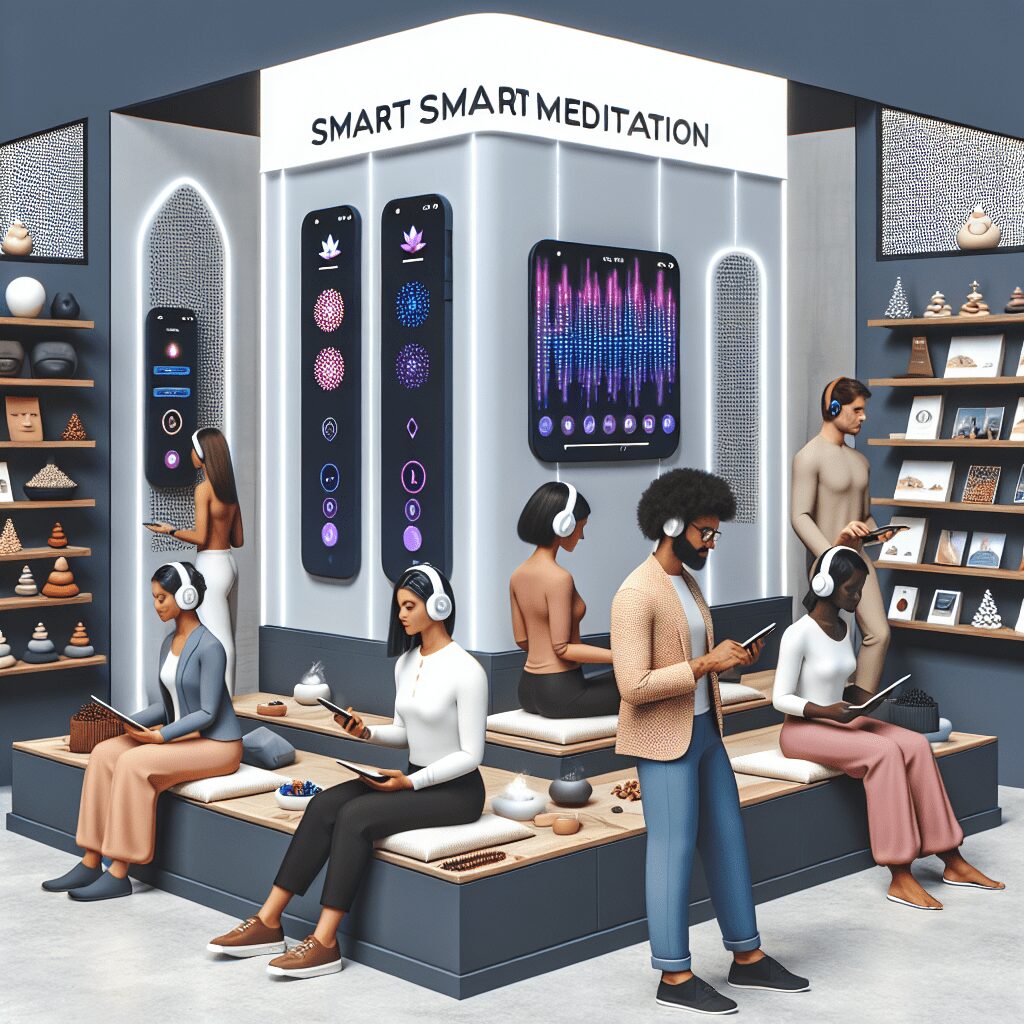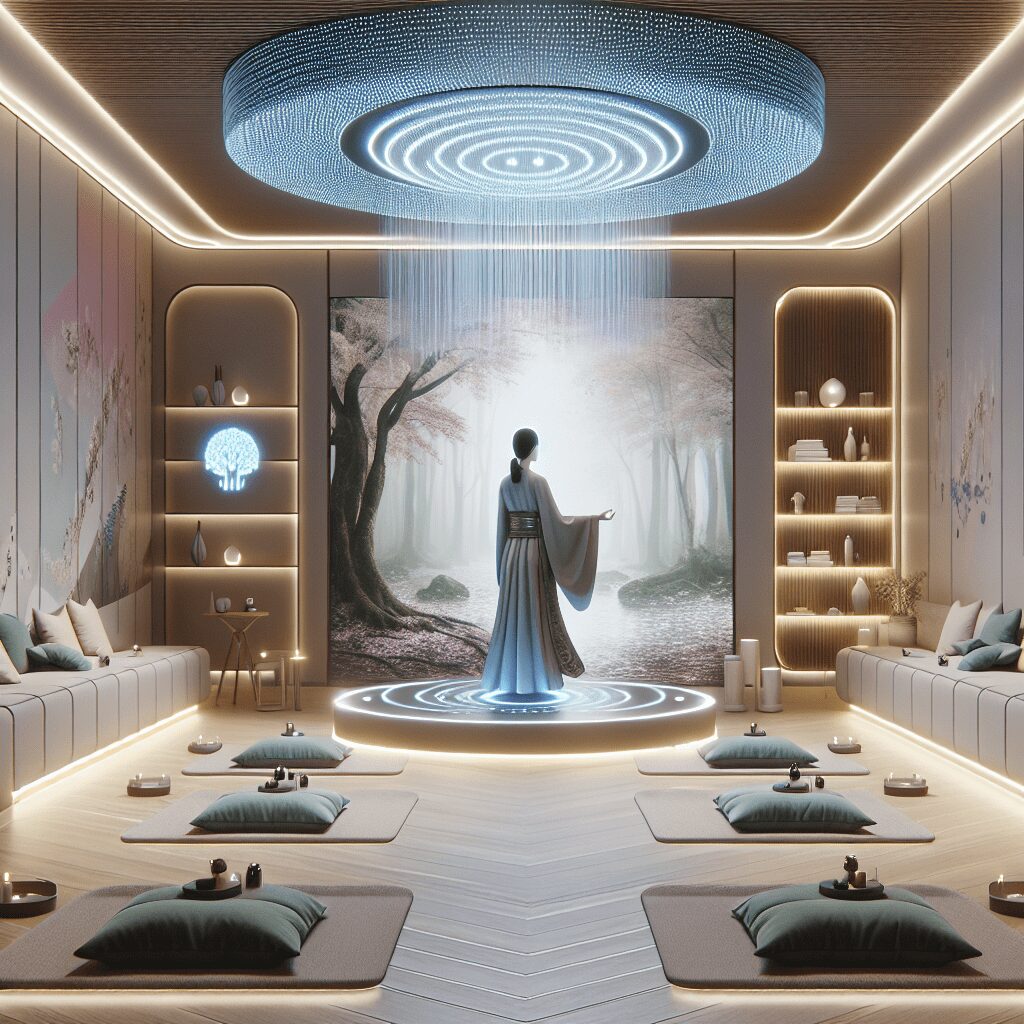
Prioritize your mental well-being daily. Enhance your life by nurturing your mental health with the Smart Meditation app. Break free from stress, alleviate anxiety, and enhance your sleep quality starting today.
Does Anxiety Cause Physical Pain?
Unveiling the Hidden Link Between Anxiety and Physical Pain
In the convoluted world we live in, the intertwining of mental and physical health cannot be overstated. It’s no secret that anxiety, a pervasive visitor in many of our lives, often leaves behind more than just psychological fingerprints. The question that looms large in the air, heavy with anticipation, is: Does anxiety really cause physical pain? Well, hold onto your hats, because we’re about to dive deep into this topic, unraveling some truths that might just surprise you.
The Body’s SOS: Understanding the Connection
Anxiety isn’t just a ghost in the machine of our minds; it has a very real, tangible impact on our bodies. Think of it as your body’s alarm system, blaring out warnings, sometimes even when there’s no immediate danger. This can trigger a domino effect, causing various physical responses that, yes, include pain.
-
Muscle Tension: Ever felt like your shoulders were trying to become one with your ears? Or maybe your back feels like it’s auditioning for the role of a washboard? That’s muscle tension for ya, a common sidekick of anxiety. It can lead to muscle aches, pains, and even headaches, shadowing your day-to-day life with discomfort.
-
Gastrointestinal Woes: “Butterflies in your stomach” doesn’t quite cover it. Anxiety can wreak havoc on your digestive system, leading to symptoms that range from nausea to abdominal pain. It’s as if your gut is throwing a tantrum, pleading for peace and quiet.
-
The Heart Palpitation Panic: Feeling your heart race or experiencing chest pain can be downright terrifying. Anxiety often plays a role in these symptoms, making you wonder if you’re in the midst of a heart attack. Rest assured, in many cases, it’s your body’s way of saying, “Hey, I’m a bit on edge right now.”
-
Breathing Battles: Shortness of breath, a sensation of tightness in the chest—these are not just figments of your imagination. Anxiety can lead to these respiratory symptoms, making each breath feel like a herculean effort.
The Journey to Alleviation: Charting Your Course
Knowing that anxiety can indeed be the puppeteer behind the curtain of physical pain is one thing. Figuring out what to do about it is a whole other ball game. Here’s a quick roadmap to help you navigate these tumultuous waters:
-
Awareness Is Key: Recognizing the link between your anxiety and physical symptoms is a giant leap toward management. It can reduce the spiral of worry about unexplained physical symptoms.
-
Holistic Health Approach: Don’t just treat the symptoms; aim for the root causes. This may mean integrating stress-reduction techniques, such as yoga and meditation, into your daily regimen.
-
Seek Professional Help: A mental health professional can be your ally, offering coping strategies that fine-tune your body’s anxiety alarm system. Therapy, such as Cognitive Behavioral Therapy (CBT), has shown effectiveness in both reducing anxiety and managing its physical manifestations.
-
Mind-Body Practices: Incorporating practices like mindful breathing or progressive muscle relaxation can offer immediate relief during anxiety spikes, helping to ease associated physical pain.
-
Lifestyle Tweaks: Sometimes, the devil is in the details. Adjustments in diet, exercise, and sleep can bolster your mental health, subsequently soothing the physical discomforts.
Embarking on this journey might seem like trying to navigate through a fog, but with each step, the air clears a bit more. The connection between anxiety and physical pain is complex, woven into the very fabric of our being. Yet, understanding this link isn’t just an academic exercise; it’s a beacon of hope. It tells us that by addressing our mental health, we’re also taking vital steps toward alleviating physical pain, bridging the divide between mind and body, and moving closer to holistic well-being. So, dare to take that first step; your body (and mind) will thank you for it.





